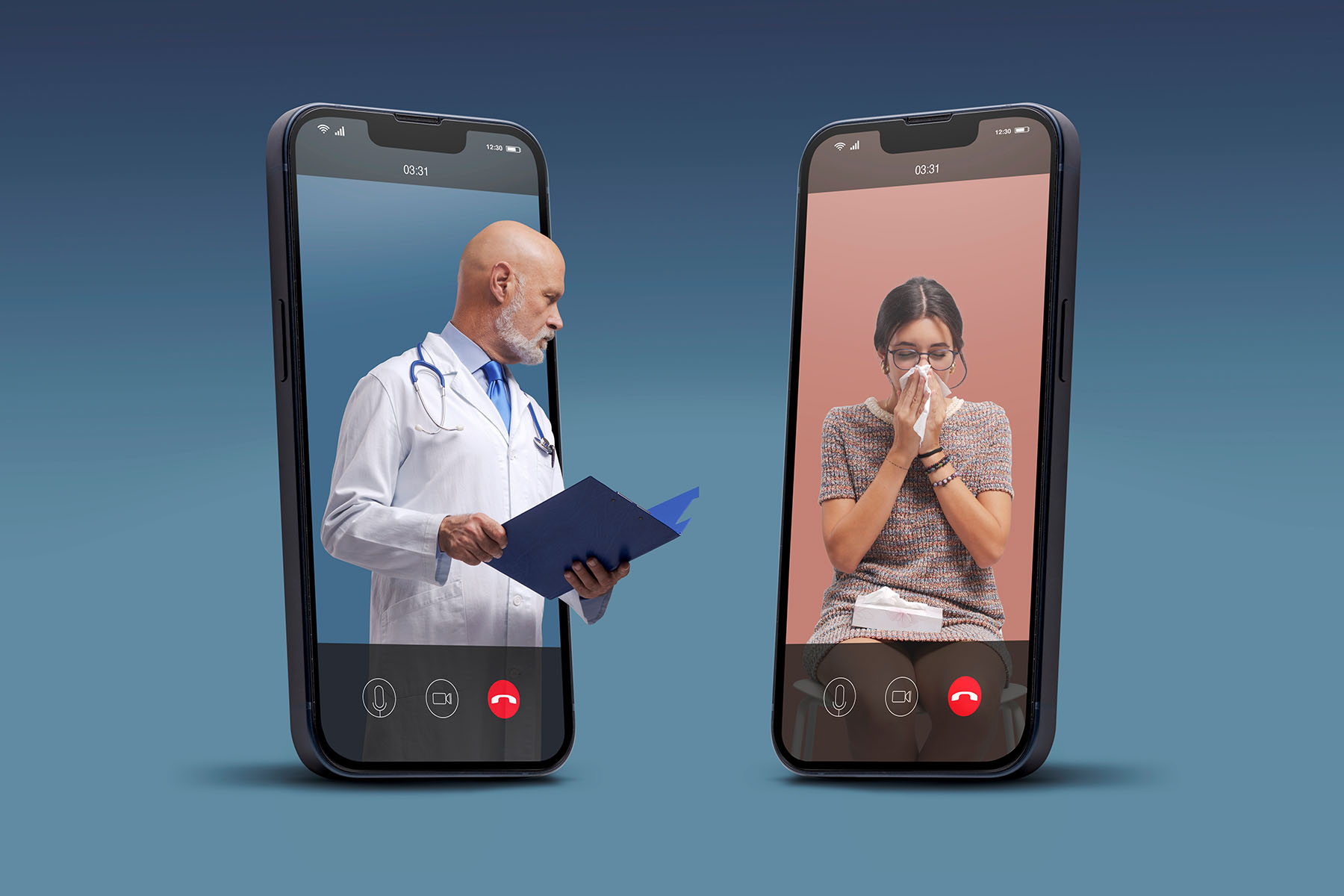Today, the U.S. is facing an aging population, a mounting physician shortage, and increasing demands for a more equitable healthcare system.1 According to the U.S. Surgeon General, burnout among healthcare workers has reached crisis levels.2 It’s no wonder physicians across the country are limiting time with the industry and prioritizing their limited time with their patients. In fact, ZS Associates’ AccessMonitor report indicates over half of U.S. physicians, including three-fourths of oncologists, have restricted access to pharmaceutical representatives.3
Point of care, often regarded as the holy grail of healthcare professional (HCP) marketing, is the closest marketers can get to the pivotal doctor-patient conversation. It is during these moments that doctors make critical decisions about the next steps in their patient care, including the tests, treatments, and therapies that will drive the best outcomes. Effective access near the point of care allows marketers to deliver impactful messages and relevant information directly to clinicians during this most crucial stage of healthcare decision making.
Traditionally, engagement at the point of care has been limited to in-person interactions. However, the rise of telemedicine across medical specialties is ushering in a new paradigm for healthcare delivery, and creating new channels for communication with clinicians and patients at the “digital point of care.”
Telemedicine Achieving a Permanent Role in Healthcare Delivery
In its 2023 State of Telemedicine Report, Doximity surveyed over 1,200 of its physician telemedicine users across nine specialties; this was supplemented by a survey of 2,400 patients. Nearly 84% of physicians surveyed said they use telemedicine at least weekly, with 40% incorporating it into their daily clinical practice. Notably, 88% of physicians believe telemedicine has increased their patient’s access to healthcare, particularly among populations that may have faced barriers to care previously. Beyond patient access, two-thirds of physicians reported at least one time-management benefit of telemedicine, such as better schedule management or improved work-life balance.
Patients are also seeing significant value in telemedicine. Among patients who had a telemedicine visit within the past year, 85% reported their overall care was equivalent or superior with virtual care, and nearly 83% reported they expect to maintain or increase their use of telemedicine in the future.
Telemedicine Driving Greater Continuity of Care for Patients with Chronic Illnesses
As part of the study, Doximity analyzed adoption of its telemedicine software tools across its full physician user base. While telemedicine use remains strong across physician age groups and medical specialties, some of the highest adoption continues to be among specialties that serve patients with chronic illnesses. Endocrinology topped the list for the third consecutive year, with the majority of endocrinologists surveyed reporting daily telemedicine use.
As a complement to in-person care, telemedicine can help improve doctor-patient communication and enhance the continuity of care, essentially smoothing out the connective tissue between in-person visits and ultimately increasing the number of care team-patient touchpoints. Over 83% of physicians surveyed found telemedicine useful in enhancing continuity of care for their patients with complex or chronic conditions, and nearly two-thirds (65%) said telemedicine has improved their communication with patients.
Importantly, telemedicine serves as a critical touchpoint in the patient journey and clinical decision-making process. The majority of physicians surveyed (57%) reported using telemedicine to discuss lab and test results and treatment options with their patients, and this figure is even higher among oncologists (70%). Physicians also use telemedicine for medication management, remote patient monitoring, patient triage, and urgent care, making it an ideal channel for educational and marketing efforts geared toward specific disease states or treatment modalities.
Most importantly, 77% of physicians said they have observed either equivalent or improved patient adherence to treatment plans with telemedicine, with less than 2% reporting decreased adherence.
How Marketers Might Optimize the Digital Point of Care
Telemedicine is now an integral part of healthcare delivery, enhancing the care continuum and providing a valuable channel for marketers to engage with and educate patients and physicians. Marketers need to think about the holistic patient-provider relationship and plan for the multitude of patient touchpoints throughout the healthcare journey, now including the “digital point of care.”
Video consultations offer a particularly strong opportunity to provide educational content, as the most preferred telemedicine format among patients and most widely used format among physicians. To maximize engagement, marketers should prioritize mobile-friendly content.
Many patients rely on smartphones and other mobile devices for virtual care visits, and more than 80% of physicians consider cross-device compatibility (accessibility across desktop and mobile devices) crucial for patient access. While the majority of patients surveyed (77%) reported having regular access to a smartphone—the most commonly available device for virtual healthcare visits—only 51% reported having regular access to computers.
As physicians and patients continue to embrace telemedicine and remote care, the importance of digital marketing strategies and a strong digital footprint will only increase. Telemedicine is poised to maintain a permanent role in healthcare delivery, with benefits for all—physicians, patients, and marketers.
References:
1. “The Complexities of Physician Supply and Demand: Projections From 2019 to 2034.” Association of American Medical Colleges.
2. “New Surgeon General Advisory Sounds Alarm on Health Worker Burnout and Resignation.” U.S. Department of Health and Human Services.
3. ZS Associates, Inc. AccessMonitor™, December 2022.









